In skincare products, there are well-known components known as Alpha Hydroxy Acids (AHAs) that offer several advantages for your skin. So, just what are AHAs? What are they capable of doing? Allow Illume to lead you through this article so you can fully comprehend this unique component.

What exactly are AHAs?
Alpha-hydroxy acids (AHAs) are a group of plant and animal-derived acids that are used in a wide range of skincare products. These include anti-aging products used on a daily basis, such as serums, toners, and creams, as well as focused treatments such as chemical peels.
There are seven different types of AHAs that are typically found in skincare products. Among them are:
- malic acid (from fruits)
- tartaric acid (from grapes)
- citric acid (from citrus fruits)
- glycolic acid (from sugar cane)
- hydroxy caprylic acid (from animals)
- hydroxy caproic acid (from royal jelly)
- the acid lactic (from lactose or other carbohydrates)
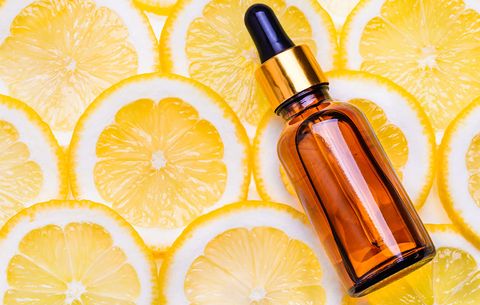
There has been a lot of research done on the applications and efficacy of AHAs. However, of all the AHAs available, glycolic and lactic acids are the most promising and thoroughly examined. These two AHAs are also less prone to irritate the skin. As a result, the majority of over-the-counter (OTC) AHAs include either glycolic or lactic acid.
AHAs are mostly used to exfoliate the skin. They can also assist with:
- stimulate collagen and blood flow
- minimize discoloration caused by scars and age spots
- enhance the appearance of surface lines and wrinkles
- avoid acne breakouts
- make your skin appear younger
- improve product absorption
They aid in exfoliation
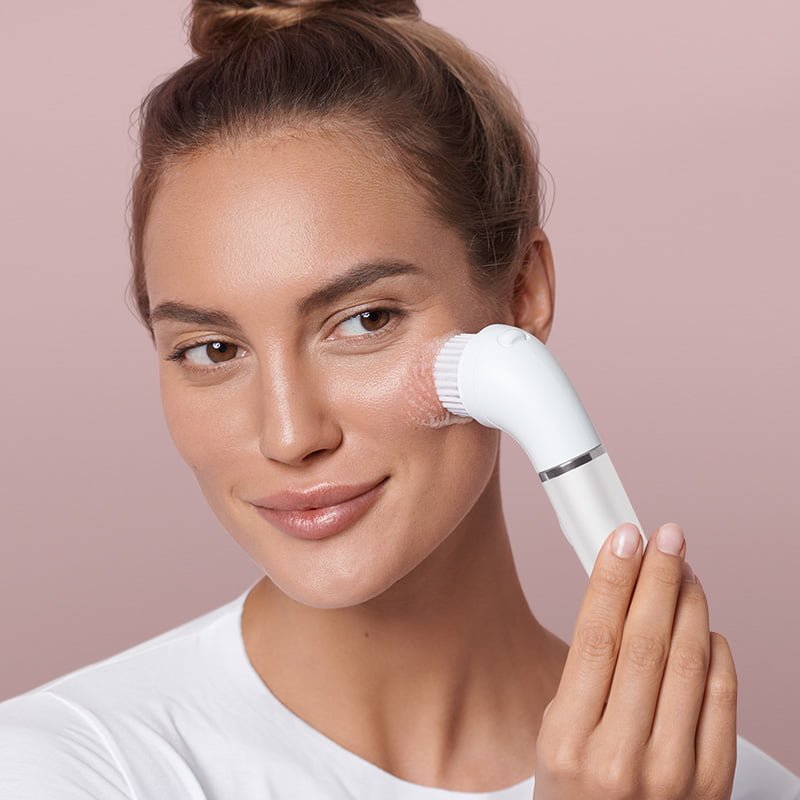
AHAs are mostly used to exfoliate the skin. In fact, this is the basis for all of the other benefits that AHAs bring.
Exfoliation is the process through which the skin cells on the surface are shed. This not only removes dead skin cells but also promotes the growth of new skin cells.
As you get older, your natural skin cell cycle slows down, which can lead to a buildup of dead skin cells. When you have an excess of dead skin cells, they can build up and make your complexion appear lifeless.
The buildup of dead skin cells can potentially exacerbate other underlying skin problems, such as:
- wrinkles
- age spots
- acne
However, not all AHAs have the same exfoliating efficacy. The type of AHA you use determines the amount of exfoliation. As a general rule, the higher the concentration of AHAs in a product, the more effective the exfoliating impacts.
They help to brighten the skin significantly
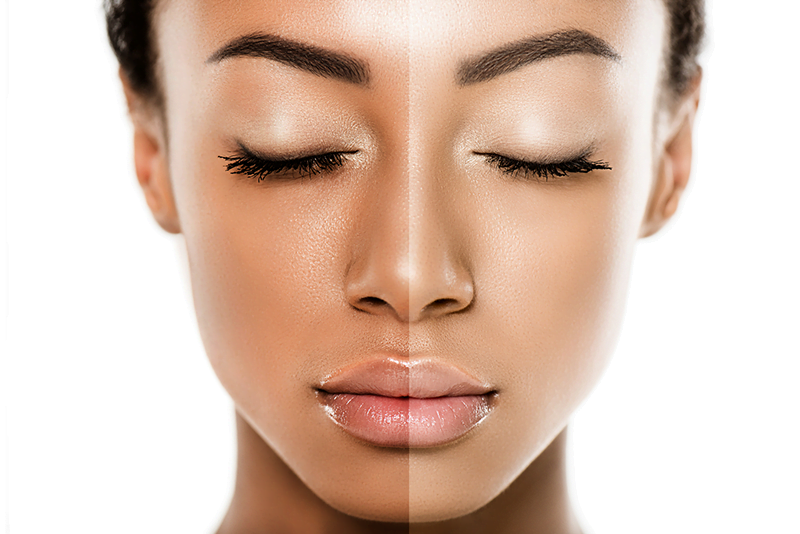
Dead skin cells are broken down when these acids exfoliate your skin. The new skin that has emerged is brighter and more radiant. AHAs containing glycolic acid can aid in the breakdown of skin cell accumulation, while products containing citric acid can brighten your skin even more.
They contribute to promoting collagen synthesis
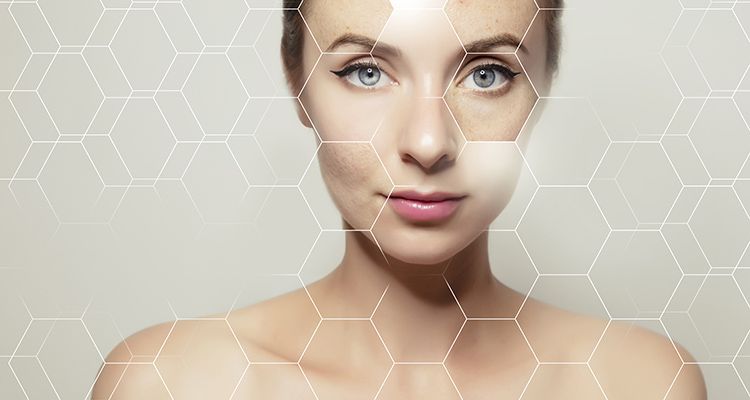
Collagen is a protein-rich fiber that helps maintain your skin plump and smooth. These fibers degrade as you age. Sun exposure may also increase the breakdown of collagen. This can lead to sallow, sagging skin.
Collagen is found in the skin’s middle layer (dermis). When the top layer (epidermis) is gone, products like AHAs can begin to work on the dermis. AHAs may aid in the synthesis of collagen by eliminating old collagen fibers to create space for new ones.
They assist to decrease the appearance of surface lines and wrinkles
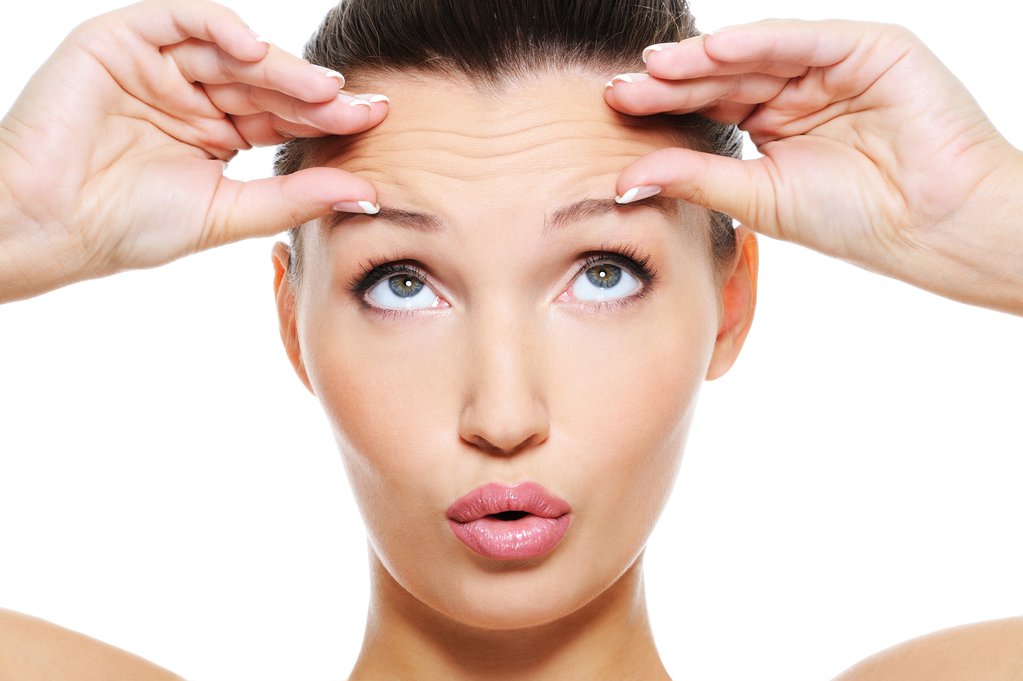
Surface lines are no exception to the anti-aging benefits of AHAs. According to one 2015 study, 9 out of 10 volunteers who used AHAs for three weeks saw substantial changes in overall skin texture.
However, keep in mind that AHAs only impact surface lines and wrinkles, not deeper wrinkles. Deep wrinkles can only be treated with professional fillers from a doctor, as well as additional procedures such as laser resurfacing.
They increase blood flow to the skin

AHAs contain anti-inflammatory properties that can aid in the circulation of blood to the skin. This can assist to improve the appearance of a pale, dull complexion. Proper blood flow also ensures that skin cells receive the nutrients they require via oxygen-rich red blood cells.
They assist minimize and correct discoloration
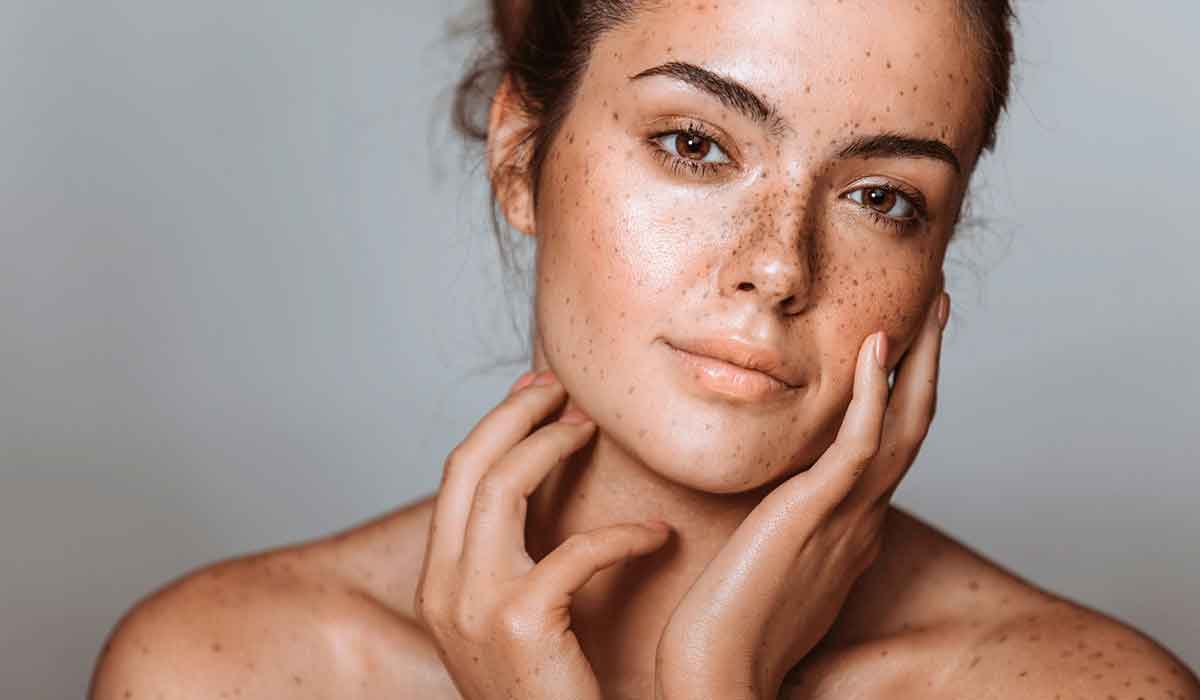
As you get older, your chances of developing skin discoloration rise. Sun exposure, for example, can cause flat brown spots known as age spots (lentigines). They most commonly appear on parts of the body that are frequently exposed to sunlight, such as your chest, hands, and face.
Discoloration can also be caused by:
- melasma
- post-inflammatory hyperpigmentation
- acne scars
AHAs increase skin cell turnover. The pigmentation of new skin cells is even. Long-term usage of AHAs may decrease skin discoloration by promoting the turnover of old, discolored skin cells. The American Academy of Dermatology recommends glycolic acid for skin discoloration.
They aid in the treatment and prevention of acne
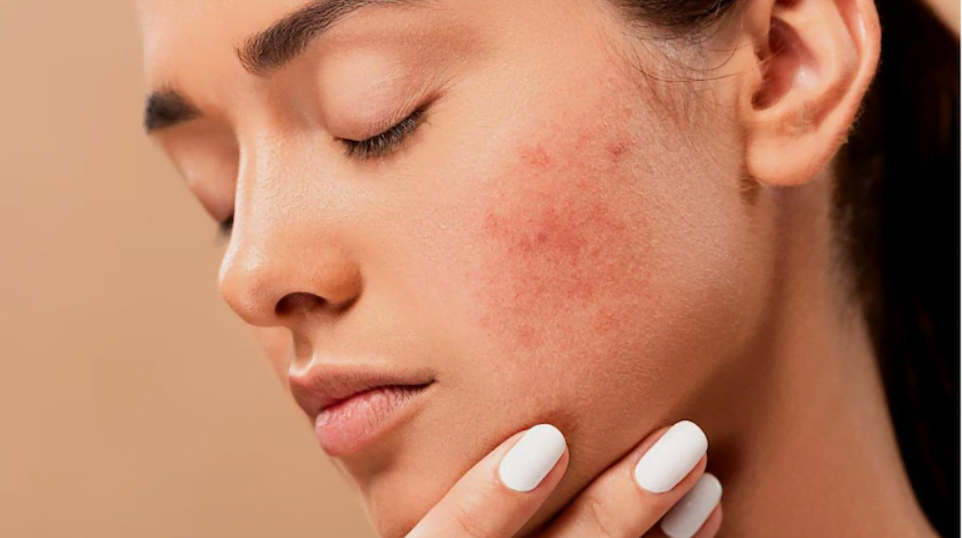
For stubborn pimples, you may be familiar with benzoyl peroxide and other acne-fighting substances. AHAs may also help in the treatment and prevention of recurring acne.
Acne blemishes form when your pores get clogged with a combination of dead skin cells, oil (sebum), and bacteria. Exfoliating with AHAs can assist in loosening and removing the clog. Continued use may also help to avoid future clogs.
AHAs may also help to shrink the size of enlarged pores, which are prevalent in acne-prone skin. Exfoliating glycolic and lactic acids can even decrease acne scars by increasing skin cell turnover. Other AHAs, such as citric and malic acids, are used in certain acne treatments to help settle skin inflammation.
AHAs aren’t only for the face! AHA treatments can be used on additional acne-prone areas, including your backside and chest.
According to the Mayo Clinic, it can take two to three months to notice substantial acne reduction. It is critical to be patient as the products work to alleviate acne over time. You must also use the products consistently—skipping regular treatments causes the compounds to take longer to work.
They aid in product absorption
Aside from their own specific advantages, AHAs can improve the efficacy of your existing products by boosting their absorption into the skin.
For example, if you have a lot of dead skin cells, your daily moisturizer will merely sit on top of them instead of moisturizing the new skin cells underneath. AHAs, such as glycolic acid, can penetrate this layer of dead skin cells, allowing your moisturizer to more effectively hydrate your new skin cells.
How much AHA is permitted?
The FDA recommends AHA products with an overall AHA content of less than 10% as a rule of thumb. This aids in the prevention of AHA side effects. According to the Cleveland Clinic, products with more than 15% AHA should be avoided.
Lower AHA concentrations are seen in daily-use products including serums, toners, and moisturizers. A serum or toner, for example, may have a 5% AHA content. Highly concentrated products, such as glycolic acid peels, are used less frequently to decrease the risk of side effects.
Are there any risks of side effects?
If you’ve used AHAs before, you may experience some mild side effects while your skin responds to the product.
Some of the temporary side effects that may occur include:
- burning
- itching
- blisters
- dermatitis (eczema)
The Cleveland Clinic suggests using AHA products every other day to decrease the chance of irritation. After your skin gets used to them, you may begin using AHAs on a daily basis.
When going out in the sun, take extra precautions. Because of the peeling effects of highly concentrated AHAs, your skin may be more sensitive to UV radiation for up to one week following usage. To avoid sunburn, wear sunscreen daily and reapply it regularly.
If you have any of the following conditions, you should see your doctor before using AHA products:
- freshly shaved skin
- cuts or burns on your skin
- rosacea
- psoriasis
- eczema
Women who are pregnant or breastfeeding should consult their doctor before using AHA products.

